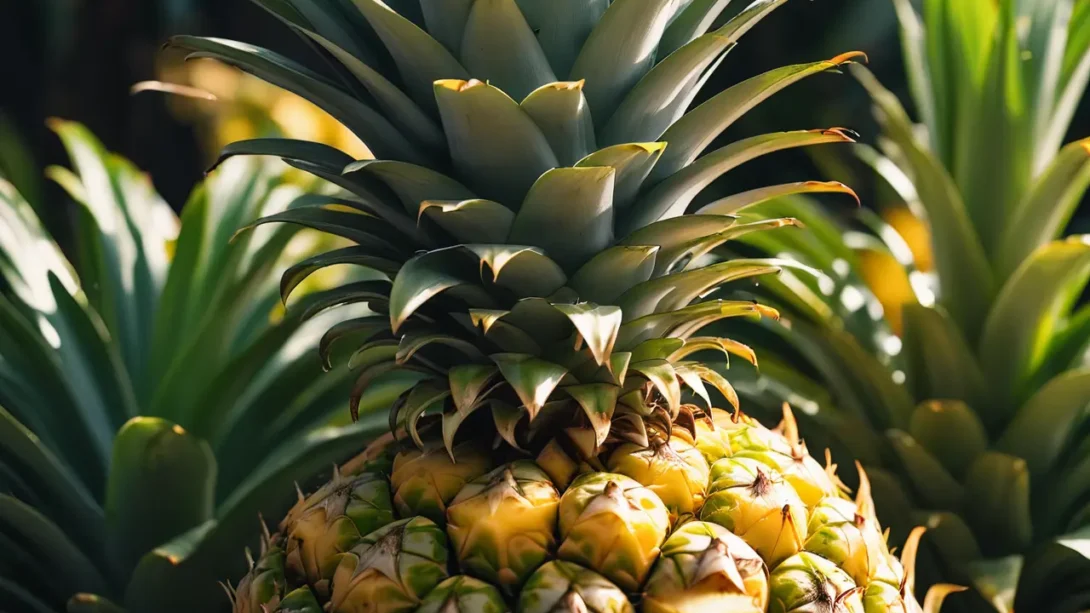When wandering through the vibrant aisles of a grocery store, it’s easy to marvel at the diversity of fruits available from around the world. Among these, the pineapple, with its distinctive tuft of leaves and rugged exterior, often sparks a particular curiosity. A common query that arises is whether this tropical delight falls into the citrus category. Given the myriad of fruit classifications and the occasional overlap in characteristics, it’s an understandable question. This article aims to shed light on this topic, diving into the botanical world to provide a clear answer.
Citrus Fruits
Citrus fruits are renowned for their vibrant flavors and refreshing zest, a staple in both culinary and beverage industries. But what exactly defines a citrus fruit? At its core, citrus fruits belong to the Rutaceae family, characterized by their juicy segments, leathery rind, and a bounty of seeds. Common members of this family include oranges, lemons, limes, and grapefruits, each boasting a rich vitamin C content and a tangy taste. These fruits thrive in temperate to tropical climates, with their cultivation spanning continents, a testament to their global appeal.
Pineapple: Classification and Characteristics
On the other side of the spectrum lies the pineapple (Ananas comosus), a symbol of hospitality and the tropics. Unlike citrus fruits, pineapples belong to the Bromeliaceae family, which is a distinct lineage within the plant kingdom. This exotic fruit is known for its spiky crown and fibrous, sweet interior, offering a burst of flavors that range from tart to sweet. Pineapples grow not from a tree but from a herbaceous perennial plant that can reach up to 5-8 feet in height. The plant’s unique reproduction process involves a central stem that produces a single fruit, marking a stark contrast to the branching trees of citrus varieties.
Differences Between Pineapples and Citrus Fruits
At the heart of this inquiry lies a comparison between two distinct botanical families: the Bromeliaceae, to which pineapples belong, and the Rutaceae, the family of citrus fruits. This divergence in lineage is the first clue that pineapples and citrus fruits are fundamentally different. Bromeliaceae, or the bromeliad family, encompasses a wide variety of plants, most of which are known for their striking flowers and rosette form of thick, often spiny leaves. In contrast, the Rutaceae family features trees and shrubs with gland-dotted leaves, famous for their aromatic oils.
The growth habits and structure of pineapple and citrus plants further highlight their differences. Citrus fruits grow on small to medium-sized trees, with glossy leaves and fragrant flowers that develop into the segmented fruits we are familiar with. Pineapples, however, grow from a central rosette, where a single fruit emerges from the top of a sturdy stem after the plant flowers. This growth pattern is unique among edible fruits and sets pineapples apart from the tree-borne citrus.
Moreover, the development of the fruit itself presents a stark contrast. Pineapple fruit is actually a composite of many flowers whose individual fruitlets fuse together around a central core, creating the singular pineapple we recognize. Citrus fruits develop as a single entity from a flower’s ovary, segmented internally but unified in their outer peel. This fundamental difference in fruit development underlines the botanical distinction between these two groups.
Nutritional content and taste profiles also vary significantly between pineapples and citrus fruits, despite some superficial similarities. Pineapples offer a rich source of manganese and vitamin C, similar to citrus, but they also contain the unique enzyme bromelain, which has various culinary and medicinal uses. While both fruit types share a refreshing mix of sweetness and acidity, citrus fruits generally have a higher acidity level and are used differently in culinary contexts.
Why Pineapples Are Often Confused with Citrus
Despite their clear botanical differences, it’s not uncommon for pineapples and citrus fruits to be mistaken for each other. This confusion largely stems from their similar taste profiles, with both offering a delightful blend of sweetness and tartness that is cherished in many dishes and beverages. The acidity of pineapples, in particular, can mimic that of some citrus fruits, leading to the mistaken belief that they share a closer relationship.
Cultural and historical factors also play a role in this mix-up. In many cuisines, pineapples and citrus fruits are used interchangeably in recipes, both serving as acidic counterpoints to rich, savory dishes or as key ingredients in desserts and drinks. This culinary crossover, combined with the general public’s less detailed understanding of botanical classifications, contributes to the ongoing confusion regarding the true nature of pineapples in relation to citrus fruits.
Conclusion
The exploration into the realms of pineapples and citrus fruits reveals a fascinating journey through botany, culinary arts, and cultural perceptions. While both families of fruits share certain appealing characteristics, such as their refreshing taste and nutritional benefits, they are distinctly separate entities in the botanical world. Pineapples, with their unique growth process and bromeliad lineage, diverge significantly from the citrus family’s tree-grown, segmented fruits.
Understanding these differences not only enriches our knowledge of plant biology but also enhances our appreciation for the diversity of the natural world. The confusion between pineapples and citrus fruits, although understandable given their similar taste profiles, underscores the importance of botanical education in navigating the complex relationships among the foods we consume.
In conclusion, pineapples are not citrus fruits. They belong to the Bromeliaceae family, distinct from the Rutaceae family that encompasses citrus. This clarification, however, does not diminish the pineapple’s standing as a beloved fruit worldwide. Instead, it highlights the incredible variety of edible plants nature offers for our nourishment and enjoyment. Whether used in savory dishes, sweet desserts, or as a refreshing snack, pineapples continue to hold their place as a tropical treasure, distinct in their right and cherished for their unique contribution to the palette of flavors available to us.




